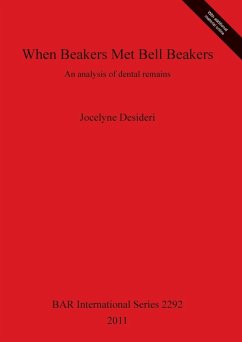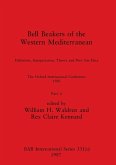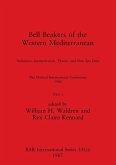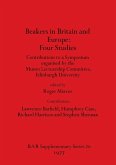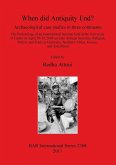The Bell Beaker complex is defined, above all, by a ceramic style widespread across Europe during the 3rd millennium BC. In contrast to the preceding period, it represents an entity distinguished from other archaeological manifestations by its material culture, funeral practices and mode of diffusion. Its particularly vast geographic distribution has provoked different interpretations: a unique population invading Europe, the long-distance exchange of prestige goods, and the absence of a Bell Beaker population with only the diffusion of its cultural components. Osteoarchaeology makes it possible to test the first of these hypotheses, which proposes the diffusion of a culture by population displacement. The pertinent elements on the human skeleton must thus be identified for analysis. Here, the choice was made to analyze non-metric dental traits, anatomic variations observed on permanent and deciduous dentition. These are, in general, traits that are present or absent, or which reflectdifferent phases ofdevelopment. They can be positive structures, such as the presence of tubercles or ridges, or negative, such as grooves. Such traits can also vary in the number, position and size of cusps and roots. Based on results obtained fromstudies of archaeological material, the regions selected to test this hypothesis are the Czech Republic, Hungary, Switzerland, France and Spain.
Bitte wählen Sie Ihr Anliegen aus.
Rechnungen
Retourenschein anfordern
Bestellstatus
Storno

